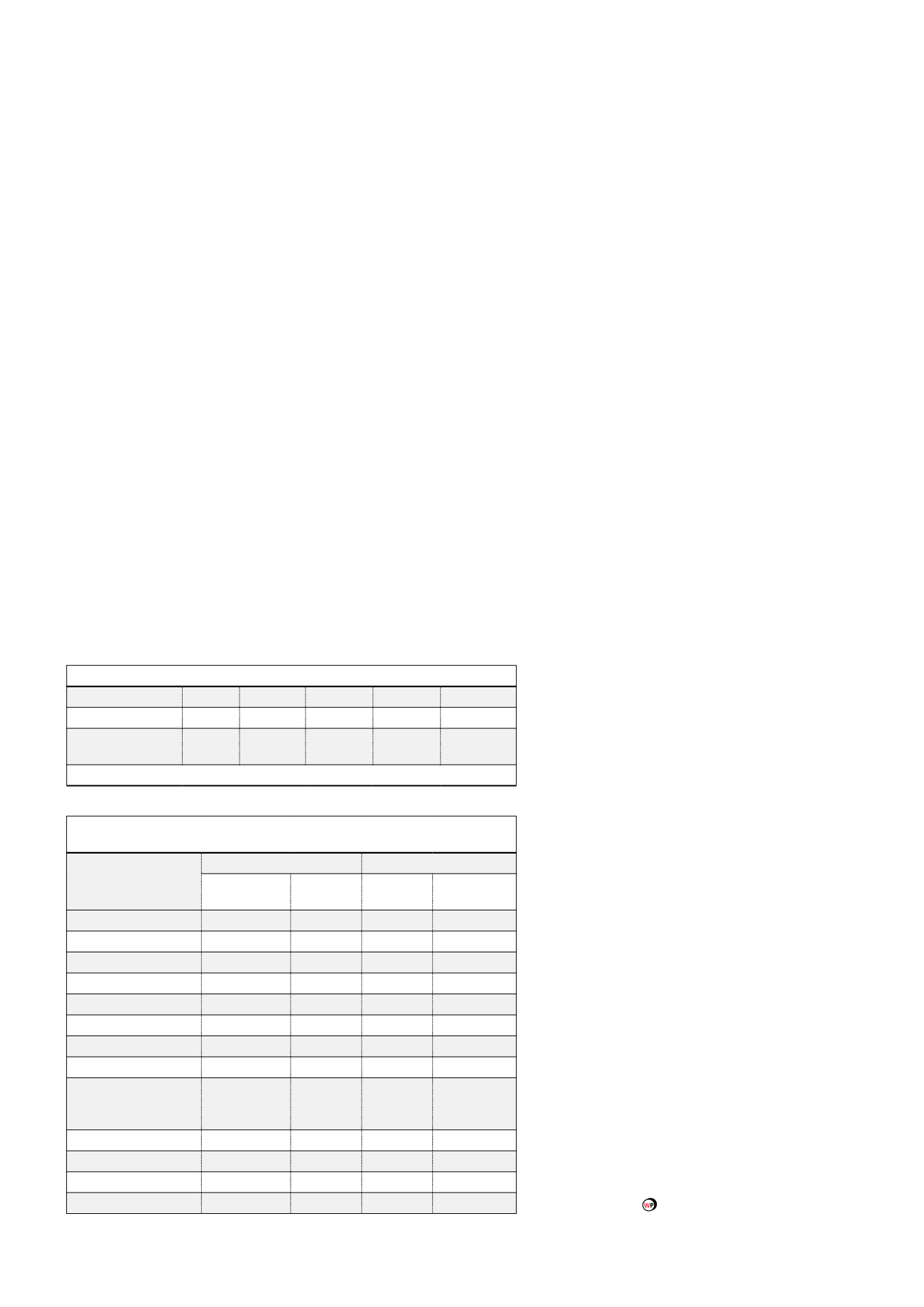
producers to store as much as 100 million bbls of their crude
oil in different locations across India. It is also looking to admit
private local and foreign participation in the development of
storage facilities under a second phase programme costing
200 billion rupees. (US$1 = 62 rupees).
Indian Strategic Petroleum Reserves Ltd (ISPRL), the state
agency overseeing the stockpiling programme, expects to
complete the first phase of three underground terminals by late
2015.
It will begin by filling up the first storage terminal in the
city port of Visakhapatnam in Andhra Pradesh state that was
constructed in February. The petroleum ministry is in talks with
Iraq to import crude to fill the Visakhapatnam underground cavern
which has the capacity to hold up to 1.33 million t. The other
two caverns at Padur (2.5 million t) and Mangalore (1.5 million t) in
Karnataka state are due for completion later in the year.
With a budget of just 24 billion rupees or US$387 million to
procure crude for the stockpile, ISPRL expects to seek private
funding to help fill up the three terminals’ combined storage
capacity of 5.33 million t or nearly 40 million bbls. At the current
crude price of US$60/bbl, the agency would need around
US$2.4 billion to fill up the three storage caverns to meet 10 days
of national consumption.
ISPRL has estimated that it will need an annual budget of
17.9 billion rupees to operate and maintain the three caverns. New
Delhi, which will cover the cost of security, is planning to build
another four caverns with a total capacity of 12.5 million t.
To partly offset the programme’s high cost, the government
has offered to store crude for Saudi Arabia, Kuwait and Abu Dhabi.
Japan and South Korea lead in this co-storing strategy, which gives
them first access to crude in the event of supply disruptions.
India announced plans to develop its strategic stockpile
programme in 2009, but failed repeatedly to meet deadlines on
account of bureaucratic infighting, red-tape and the high cost of
procuring crude when Brent traded at an average cost of US$100
and US$110 a barrel between 2010 - 2013.
Gujarat state to add two LNG terminals, Odisha
‘loses’ proposed floating unit
Gujarat state is consolidating its status as the country’s main
energy hub with plans to add two LNG import terminals to its
existing 15 million tpy capacity.
To meet rising energy demand in the state and surrounding
area, chief minister Anandiben Patel said her government is
working with investors to set up a 5 million terminal near Jafrabad
in Amreli district and another at Mundra port in Kutch district by
2017.
State-owned gas importer Petronet has affirmed plans
to expand its 10 million t terminal at Dahej to 15 million t by
end-2016 while the Shell-Total joint venture may add to its
5 million t terminal at Hazira once Shell completes its takeover of
BG.
Ms Patel, who also oversees Gujarat’s port development,
recently told the state assembly that the Mumbai-listed Swan
Energy Ltd has been awarded a contract to develop and operate a
floating storage and re-gassification unit (FSRU) in Jafrabad facing
the Arabian Sea. Separately, Adani Group and state-owned Gujarat
State Petroleum Corporation (GSPC) have agreed to jointly
develop a land-based terminal at Mundra.
In addition to the LNG terminals, Gujarat is home
to three large oil refineries with a combined capacity
of more than two million bpd. At 1.4 million bpd in
capacity, the Reliance Industries Ltd plant at Jamnagar is
the world’s largest stand-alone refinery. Essar Oil owns a
400 000 bpd refinery while an IndianOil Corp subsidiary
has a 280 000 bpd plant.
Meanwhile, Gas India Limited (GAIL) has cancelled
plans to build and operate a 4 million t floating LNG
terminal (FLNG) off Paradip port on the east coast state
of Odisha. The company decided not to proceed with
the 300 billion rupee project in favour of a competing
project in nearby Andhra Pradesh state.
India’s other two existing LNG terminals at Dabhol
in Maharashtra state and Kochi in Kerala are operating
below capacity due partly to the lack of pipeline
infrastructure to deliver gas to end-users and the
relatively high cost of imported gas compared with oil.
Due to inadequate pipeline capacity, poor
infrastructure and the fuel’s higher cost, cleaner-
burning natural gas was used to generate just 9% of
India’s electricity last year compared with coal’s 60%
contribution, according to the power ministry.
An inter-ministry government panel has released a
report forecasting India’s gas deficit to nearly double
to 300 million m
2
/d this year from 152 million m
2
/d
in 2012. India will have to increasingly rely on imports
as its domestic gas production is falling on account of
depleting reserves and failure to attract investments
from the industry.
Table 1. IMF: India’s improving economy
2011/12 2012/2013 2013/2014 2014/2015 2015/2016*
GDP growth (%)
6.7
4.5
4.7
7.5
7.5
Government deficit
(% of GDP)
-6
-5.1
-4.8
-4.4
-4.1
*forecast
Table 2. India’s oil products consumption, in bpd (
Source: Ministry of
Petroleum & Natural Gas)
Products
FY2014-15
FY2015-16 (forecast)
Estimated
000 bpd
Year/year
growth %
Forecast
000 bpd
Year/year
growth %
LPG
549.707
7.1
568.969
3.50
Motor spirit
423.222
7.4
453.715
7.21
Naphtha
266.489
-4.4
252.246
-5.34
Aviation turbine fuel
121.951
1.1
124.690
2.25
Superior kerosene
153.995
-1.9
148.252
-3.73
High-sulphur diesel
1397.881
0.2
1455.790 4.14
Low sulphur diesel
7.532
-4.5
6.123
-18.70
Lubricants
58.723
-7.4
59.982
2.14
Fuel oil and low
sulphur heavy stock
(LSHS)
100.668
-7.9
95.774
-4.86
Bitumen
82.330
0
84.976
3.21
Petroleum coke
202.620
14.4
214.341
5.78
Others
119.069
4.2
130.349
9.47
TOTAL
3484.185
2
3595.207 3.19
16
World Pipelines
/
JULY 2015


